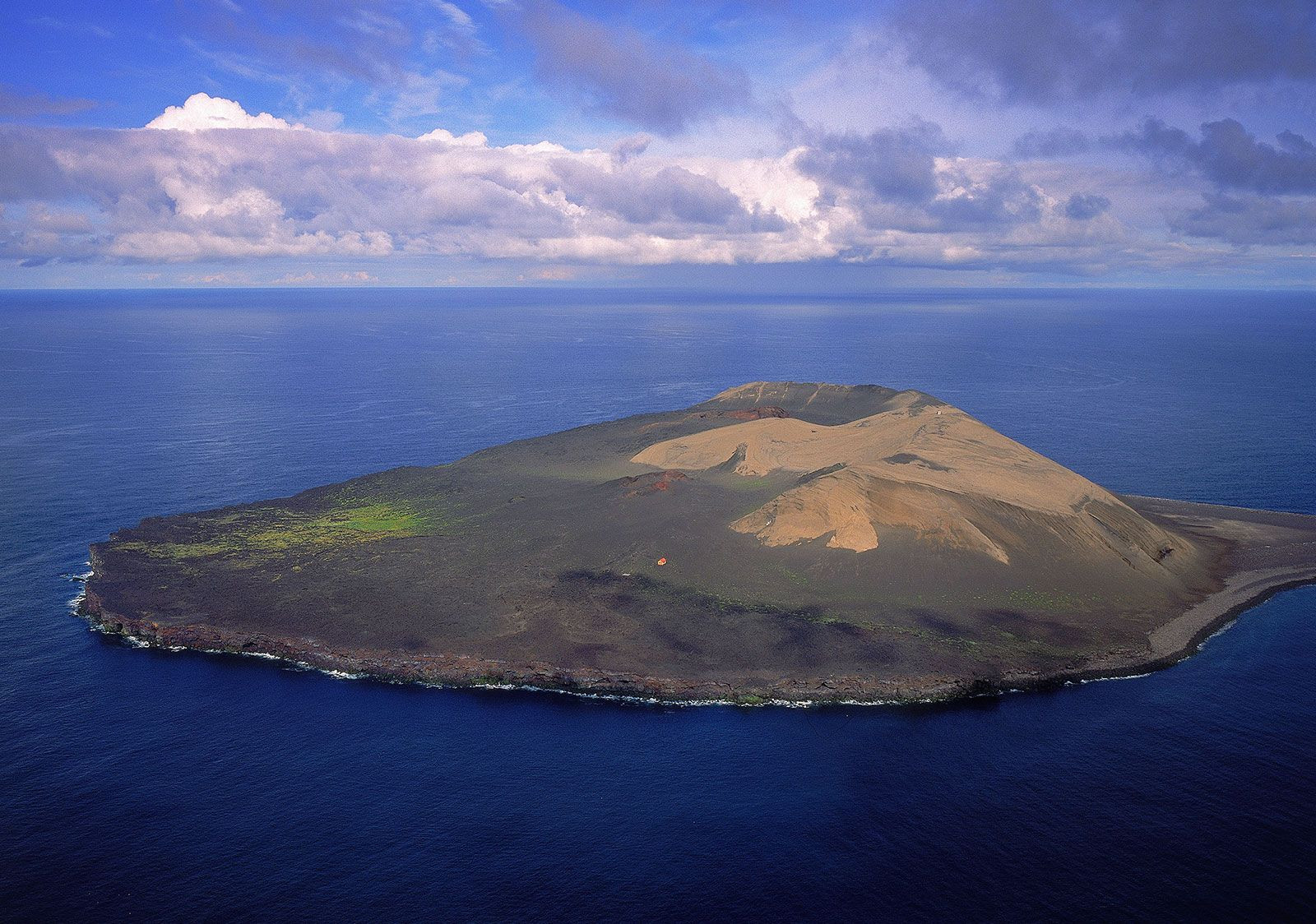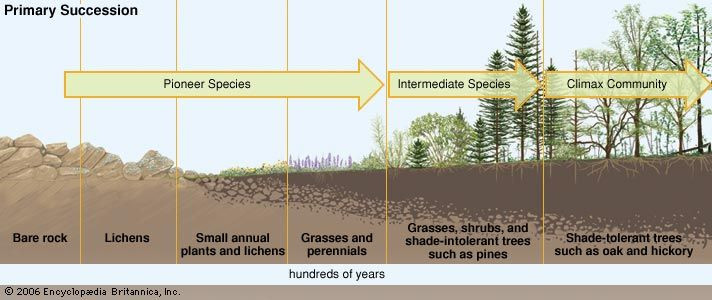 Volcanic island Surtsey, Iceland, showcasing pioneer organism colonization after its 1963 eruption.
Volcanic island Surtsey, Iceland, showcasing pioneer organism colonization after its 1963 eruption.
The world is full of diverse ecosystems, but have you ever wondered how life begins in barren environments? The answer lies with Pioneer Organisms. These resilient species are the first to colonize lifeless areas, paving the way for ecological succession and more complex ecosystems. A striking example of this process is Surtsey, a volcanic island that emerged from the Atlantic Ocean in 1963. Initially devoid of life, Surtsey was quickly colonized by pioneer plants like sea rocket and mosses, demonstrating nature’s remarkable ability to establish life even in the harshest conditions.
The Initial Wave: Microorganisms and Lichens
Often preceding even plant life in newly formed or barren habitats are microorganisms like bacteria. These microscopic pioneer organisms are incredibly adaptable, colonizing surfaces ranging from bare rock to glacial ice. Following closely behind, or sometimes concurrently, are lichens. These fascinating organisms are a symbiotic partnership between fungi and algae. Lichens are uniquely equipped to thrive in harsh environments as they can extract essential nutrients from minimal resources. They absorb water and minerals from rain, atmospheric vapor, and dust. As they grow, lichens secrete acids that gradually break down the rock surface beneath them. This chemical weathering process is crucial for the next stages of ecological succession. When lichens die and decompose, their organic matter mixes with the fragmented rock particles, initiating the very first stages of soil formation. Furthermore, both microorganisms and lichens enhance soil fertility through vital processes like nitrogen fixation and the introduction of carbon.
Mosses: Furthering Soil Development and Habitat Modification
Mosses represent another significant group of pioneer organisms. Like lichens, mosses contribute to the breakdown of rocks through the release of acids, further enriching the developing soil. Their presence marks an advancement in habitat modification, making the environment slightly more hospitable for subsequent species.
 Stages of primary ecological succession, from pioneer organisms on bare rock to a climax community.
Stages of primary ecological succession, from pioneer organisms on bare rock to a climax community.
The Arrival of New Species and Ecological Succession
Once pioneer organisms have initiated soil formation and altered the environment, conditions become suitable for other species to establish themselves. Seeds and spores, carried by wind or water, arrive in the newly colonized area. These propagules lodge in crevices and begin to grow in the rudimentary soil created by lichens, mosses, and microorganisms. Fungi, grasses, and ferns are among the early plant species to colonize these areas. As these new inhabitants grow and flourish, they contribute further to the evolving ecosystem. Animal pioneers, often invertebrates such as ants, worms, and snails, also make their appearance. These creatures play a vital role in processing leaf litter and other plant material, aerating the soil, and contributing to nutrient cycling within the developing ecosystem. This progressive introduction of new species and their interactions is known as ecological succession.
From Pioneer Communities to Climax Ecosystems
As ecological succession progresses, the environment continues to change. Taller plant species, such as shrubs and small trees, arrive, often with seeds dispersed by wind, water, or birds. These intermediate species grow taller, casting shade that can eventually outcompete the initial pioneer organisms that require direct sunlight. Over time, the environment becomes less favorable for the original pioneers. They may decline locally, being gradually replaced by these intermediate and, eventually, climax community species. The climax community represents a relatively stable and mature ecosystem that can persist for extended periods, marking the culmination of the ecological succession process that began with the humble pioneer organisms. These first colonizers are thus essential for initiating life in barren landscapes and setting the stage for the rich biodiversity we observe in established ecosystems today.

